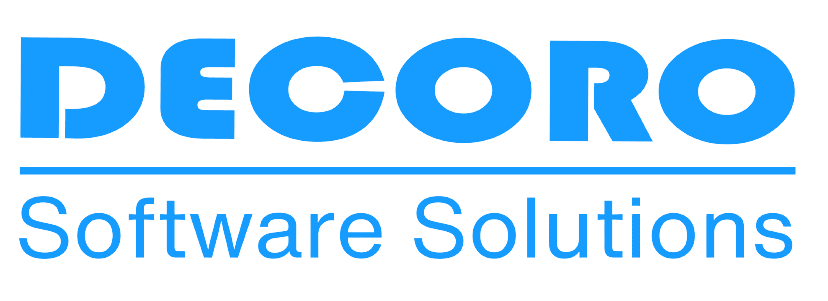How to be a full-stack certified website developer? The question comes in because of the confusion as to where should you start? Well, if you are someone who wishes to pursue a career in IT development, then you first must know the roles and responsibilities of a full-stack web developer.
The prime responsibility of a web developer is to create and maintain websites. This continuous process requires a lot of different skills. The objective of their work is to put together a fully-functional, user-friendly website that makes the client happy.

The web developer gives functionality to the website by means of coding languages. The professionals of the web Development Company in USA approach website building from a technical point of view. Utilizing the most suitable technologies aid the developers achieve the best development results. The common programming languages include PHP, Java, JavaScript, HTML, and CSS to code functionality into the website and make it interactive.
Web developer types:
Front-end developers
The front-end developers create the site’s front end. This web development process is how the design is executed on the web.
Back end developers
The back-end developers are responsible to build and maintain the technology needed to supply the components with power. This makes it possible for the site’s user-facing side to exist. Their role is to give functionality to everything created by the front-end professionals.
Full Stack Developers
When it comes to strategies and best practices of web development, a full-stack web developer can guide the best. These professionals are familiar with both the server-side and the client-side’s user experience.
To become a certified full-stack website developer here are the guidelines:
Learn HTML and CSS
Begin your journey by taking a step into HTML and CSS. This is the initial thing to learn. In fact, there is no other way by which you can develop into a website developer. HTML does the Markup and CSS does the Makeup. To learn these, you will need a good hold on a text editor, any photo editing software, File transfer protocol (FTP), Browser, and Cloud Storage. There are certain text editors for web design such as Notepad ++, Brackets, Atom, etc.
Learn the basics of JavaScript
After HTML and CSS, go ahead to learn JavaScript. It is programming also known as the scripting language. It is purposefully limited, which means, it only works inside another application (web browser). At the initial phase of learning, it is suggested to stick to the basics of JavaScript. These include practising things like data types that will be posted, object numbers, arrays, and other related data types like loops, conditionals, functions, and operators.
Learn Basic Web Deployment
Web deployment involves deploying changes you have made to the website. It is basically the code, from source control to an environment. As you find this, start learning CPanel basics, email, SSL, and FTP configuration. Then, you will get to learn how to upload the project using FTP links Filezilla. And, then you will need to get a domain name so that you can hyperlink this to your hosting account while you are good to go.
Learn Web Frameworks
Now, it’s time to begin learning any front-end HTML and CSS frameworks like bootstrap or any other one. To be a professional, you need to learn server-side languages such as Python, PHP, or Ruby on rails. While on the path to learning JavaScript frameworks, you must be familiar with React, Angular, or any other. Out of all the available options, it is recommended to learn the first front-end framework. This is because bootstraps will save you a ton of time. However, many developers take advantage of robust back-end frameworks to make the applications deliver the best user experience.

The most widely used web frameworks include ASP.NET Core, Ruby on Rails, Node.js, Catalyst, Laravel, Symfony, Cake PHP, and Zend Framework2.
Database operation system and version control
To set up a data system, for restoration or manipulation purposes, programmers use a database management system. The data stored in a database can be in the form of numbers, text, or encoded graphics. You do not need to be an expert in the server-side language before moving on to databases, because they typically go hand in hand.
Relational Databases
MySQL, PostgreSQL Powerful
NoSQL Database works similarly to JSON
MongoDB, CouchDB
The programmers need to pick only one and focus on it. It can be either PHP/MySQL or Js/MongoDB.
Following the above steps will make you a web developer with knowledge of both front-end and back-end technologies. This will help you perform the following operations:
- Create simple to advance web application
- Build Backend APIs
- Work with servers
- Work with Admin Databases by making tables, using the command line, or with phpMyAdmin.
In conclusion, if you desire to become a full-stack web developer, make sure you get adequate training first, and then head out to look for a job suitable for you. All it takes is interest and dedication to learn web development standards.
To learn more about web development or to avail of the best web development services in USA, visit our website today decorosoft.com.

